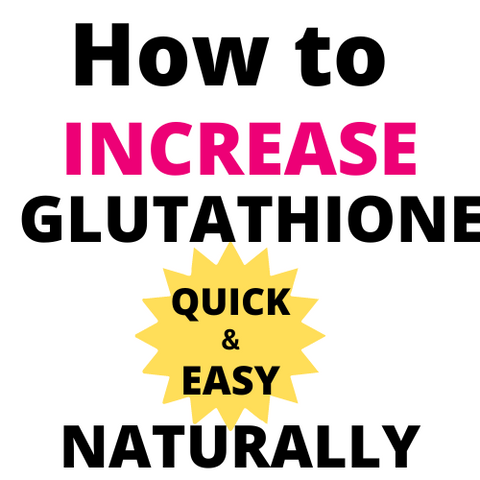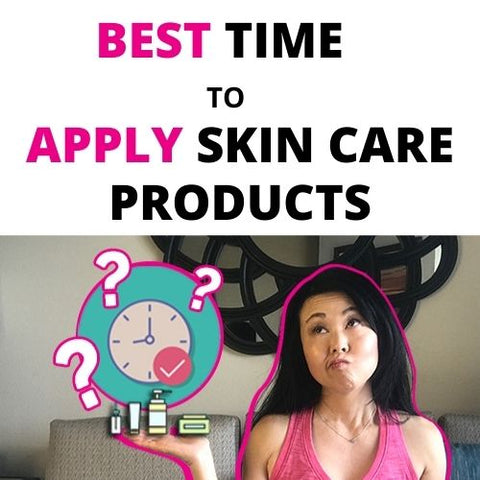Ceramides in skin care products are becoming more popular.
If you are using any AHA products such as Retin A , Retinol, Glycolic Acid, or have done any service where your skin begins to peel such as acid peels, microdermabrasion, or any laser procedure, then you may want to include skin care products that include ceramides.
The above mentioned products and procedures can thin out the skin causing more moisture loss causing dehydrated skin AND dry skin.
How to get rid of dry vs dehydrated skin
You may also want to include ceramides in your skin care if you have sensitized skin conditions such as Rosacea, Psoriasis, or Eczema.
You may need ceramides in your skin care products to help you replenish what the environment, skin care products, skin care procedures, trauma and/or aging may remove.
It seems like every skin care company is adding Hyaluronic Acid into their products to increase hydration but here is a post on :
Hyaluronic Acid: What the Beauty Industry Doesn’t Want you to Know
Neutrogena vs OlayAge Defying DECODED
It is NOT enough to add moisture but you need to ALSO replace the fatty acids, cholesterol AND ceramides in your skin.
How Ceramides play an Important Role in your Skin
The Stratum Corneum is very thin. This is the outermost layer of your skin.
It is only 1/10 the thickness of a piece of paper.
It protects you from the environment and it is a protective barrier from excess loss from fluids and electrolytes.
It makes up MOST of the epidermis …about 75% of it. This is why your skin needs lipids to hold moisture in.
The lipids in the intercellular spaces of the Stratum Corneum (SC) supply the permeability barrier of the skin.
The corneocytes (think of bricks in a wall) are held together by attachments called desmosomes (think of them like rivets).
The lipids are in between them to help retain moisture. It is difficult for water to pass through them.
Lipid synthesis happens in the keratinocytes in all the layers of the epidermis.
When you disrupt the barrier funcion by removing the topical fatty acids through:
-Cleansers
-Pre Treatment of Peels
-Exfoliating products (Retinoids, Acids, Topical Acne products, Microdermabrasion,etc)
This stimulates the skiin to make more fatty acids to repair the barrier and replace the lipid loss.
Ceramides are aprt of the lipid family that are in high concentration in the cell membrane and regulate cell death (Apoptosis).
Types of Ceramides Needed
There are 9 different types of ceramides that are found in the SC. These account up to 50% of the lipids in the SC.
The three key lipids you need to have in correct proportions for normal barrier replacement/recovery AND to maintain overall good skin health.
-Cholersterol
-Fatty Acids
-Ceramides
These will allow your skin to be able to retain its own moisture. This also helps the skin protect itself from :
-UV Rays
-Bacteria
-Chemical, etc
So if you are using products that are accelerating skin cell turnover rate, then you may need to consider ceramides in your skin care.
A decreased level of ceramides in your skin can result in the skin becoming dry and hard which can then lead to fine lines and wrinkles.
***PRO TIP**
Using a ceramide supplemented serums are the most effective in replenishing the Natural Moisture Factor (NMF) the fastest . Apply it 2x daily when your skin’s barrier is depleted.
This will improve:
-Rosacea
-Acne
-Dehydrated, irritated skin
-Sun Damaged skin
Ceramides for Specific Skin Conditions
Psoriasis-Serums containing ceramide 1 and ceramide 3 (preferably both) . This helps with TEWL (Trans Epidermal Water Loss) and reduce irritation brought on by some Sodium Lauryl Sulfate agents in cleansers.
According to an article by Dr. heather Branno titled, “Ceramides:Skin Lipids that Keep Skin Moisturized”, people who have Eczema have markedly lower ceramides in their SC.
In which ase, people who have Psoriasis have the SAME number of ceramides as people with normal skin.
However, Psoriasis sufferers have less ceramdes 1,3,4, and a subset of 5 and 6 and more of ceramide 2.
Here are some product suggestions for Serums/Creams with Ceramides:
Cerave Gel Oil (NOT RECOMMENDED for sensitive skin types) -**This does contain Retinol
Ceramide Serum Booster-You can add this to most products including hair products. The ingredients as listed in the Amazon listing is good . **Please note that product ingredients can change at any time up to the discretion of the manufacturer.
**Some Ceramide products do have parabens AND petroleum so this may not suite break out prone and oily skin types.
If you are using Retin A or Retinol , any procedures or sensitive skin (including Rosacea, Eczema,etc)
Creams may be better suited for your skin.
Here are two products that work very well for my clients:
The following are creams:
If you are ALREADY using an anti aging serum or any other serum, and you have dry, dehydrated OR mature skin, this cream can be layered on top of your serums. The ceramides come from the Sunflower Oil. The first one has a more gentle Vitamin C derivative that pairs well with Retinoids and acids. Also has a nice balance of humectants, emollients and occlusives.
Md Dermacutical Overnight Repair Cream
Recommended for those using Retinoids or have a compromised barrier function due to peels, laser treatments or daily use of anti aging products.
Follow us @
YouTube Channel:https://www.youtube.com/channel/UC4XGWX6eheTisHo8UBsdOWA
Instagram:@GoSeeChristy
Facebook:https://www.facebook.com/goseeChristyBeautyBoutique/
Twitter:https://twitter.com/goseechristy
Pinterest:https://www.pinterest.com/goseechristy/




